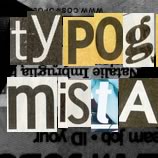Symbol-only logos are the Madonna or Britney of logo design: so famous they don’t need a surname, or in the case of a logo, so recognizable they don’t need to have the company name attached.
This type of logo is generally reserved for the really big boys and often results after a redesign when the company is so large that it can be recognized by a symbol alone. It’s probably not a great idea to use a symbol-only logo as part of your branding when you’re first launching. It helps enormously if the public are aware of the company name. The main idea or advantage of the symbol logo is that “a picture tells a thousand words.” A good design along with the power of repetition can make a big impact. Symbols and icons are powerful. They can convey a lot of information rapidly.
A symbolic logo uses an image to convey an authentic or abstract representation of a business. Without any text to explain the symbol, the logo can be open to a broad interpretation of what the company is about, which of course can be a good thing or a bad thing. Probably one of the most famous symbol-only logos is the Nike “swoosh.” It is instantly recognizable on clothes and sports equipment and has a solid tribe of followers. I wonder how many people would buy the exact same product if it didn’t have the swoosh on it?
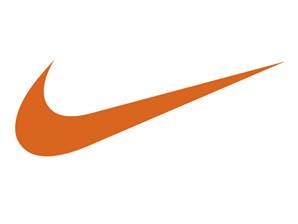 Many symbols are not necessarily a direct illustration of the subject matter or “here’s what we do,” but rather a representational idea. Apple doesn’t grow apples. The first Apple logo depicted Isaac Newton sitting under a tree with an apple dangling over his head. The phrase on the outside border reads, “Newton… A Mind Forever Voyaging Through Strange Seas of Thought … Alone.” The Apple logo now looks very different, but there is a throwback to this original idea.
Many symbols are not necessarily a direct illustration of the subject matter or “here’s what we do,” but rather a representational idea. Apple doesn’t grow apples. The first Apple logo depicted Isaac Newton sitting under a tree with an apple dangling over his head. The phrase on the outside border reads, “Newton… A Mind Forever Voyaging Through Strange Seas of Thought … Alone.” The Apple logo now looks very different, but there is a throwback to this original idea.
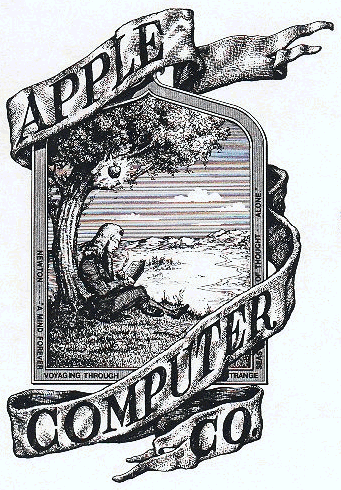 The disadvantage is, as already mentioned, if a symbol is separated from the company name or word mark, it can be difficult to recognize or make the connection. Here’s a group of well-known logos that represent companies and organizations and even icons in popular culture that are recognizable by their symbol alone. Do you recognize them all?
The disadvantage is, as already mentioned, if a symbol is separated from the company name or word mark, it can be difficult to recognize or make the connection. Here’s a group of well-known logos that represent companies and organizations and even icons in popular culture that are recognizable by their symbol alone. Do you recognize them all?


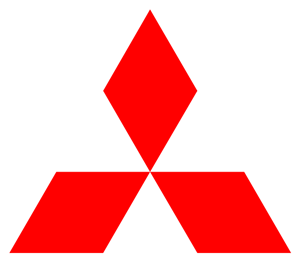

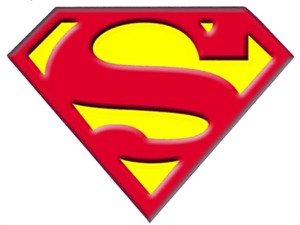

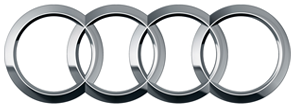

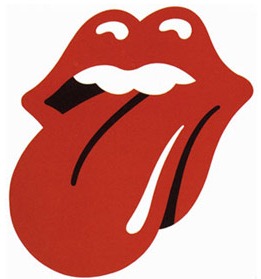

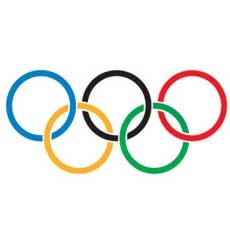 Are any of these logos favorites of yours? What other symbol-only logos do you like?
Are any of these logos favorites of yours? What other symbol-only logos do you like?
Frequently Asked Questions about Symbol-Only Logos
What are the benefits of using a symbol-only logo?
Symbol-only logos offer several advantages. They are visually striking and can be easily recognized, even at a glance. This makes them highly effective in branding and marketing strategies. Symbol-only logos can transcend language barriers, making them ideal for businesses aiming for a global reach. They can also convey a company’s values or mission through visual representation, creating a deeper connection with the audience.
How can I create a symbol-only logo that stands out?
Creating a unique and memorable symbol-only logo requires creativity and strategic thinking. Start by understanding your brand’s identity and what you want to communicate to your audience. Use shapes, colors, and design elements that align with your brand’s personality. Simplicity is key in symbol-only logos, as overly complex designs can be difficult to recognize and remember.
What are some famous examples of symbol-only logos?
Some of the most iconic symbol-only logos include Apple’s apple, Nike’s swoosh, and McDonald’s golden arches. These logos are instantly recognizable worldwide, demonstrating the power of a well-designed symbol-only logo.
Can a symbol-only logo convey my brand’s message effectively?
Yes, a well-designed symbol-only logo can effectively convey your brand’s message. The key is to incorporate elements that resonate with your brand’s values, mission, and target audience. A symbol can communicate complex ideas in a simple, visual way, making it a powerful tool for branding.
How can I ensure my symbol-only logo is versatile?
Versatility is crucial in logo design. Your logo should look good in different sizes, from large billboards to small business cards. It should also work well in various formats, both digital and print. Using a simple, clean design can enhance the versatility of your logo.
How important is color in a symbol-only logo?
Color plays a significant role in logo design. It can evoke emotions, convey messages, and attract attention. However, it’s important to also consider how your logo will look in black and white or grayscale, as it may not always be displayed in color.
Can I change my symbol-only logo over time?
Yes, many companies evolve their logos over time to keep up with changing trends or to reflect changes in the company. However, any changes should be carefully considered to maintain brand recognition and consistency.
How can I test the effectiveness of my symbol-only logo?
You can test your logo’s effectiveness through market research. This could involve surveys, focus groups, or A/B testing. Feedback from your target audience can provide valuable insights into how your logo is perceived.
Should I hire a professional designer to create my symbol-only logo?
While it’s possible to create a logo yourself, hiring a professional designer can ensure a high-quality, effective logo. Professional designers have the skills and experience to create a logo that aligns with your brand and stands out in the market.
How can a symbol-only logo contribute to my brand’s identity?
A symbol-only logo can be a powerful tool in establishing and reinforcing your brand’s identity. It can create a visual association with your brand, making it more memorable. It can also convey your brand’s personality and values, helping to build a stronger connection with your audience.
Jennifer Farley is a designer, illustrator and design instructor based in Ireland. She writes about design and illustration on her blog at Laughing Lion Design.


